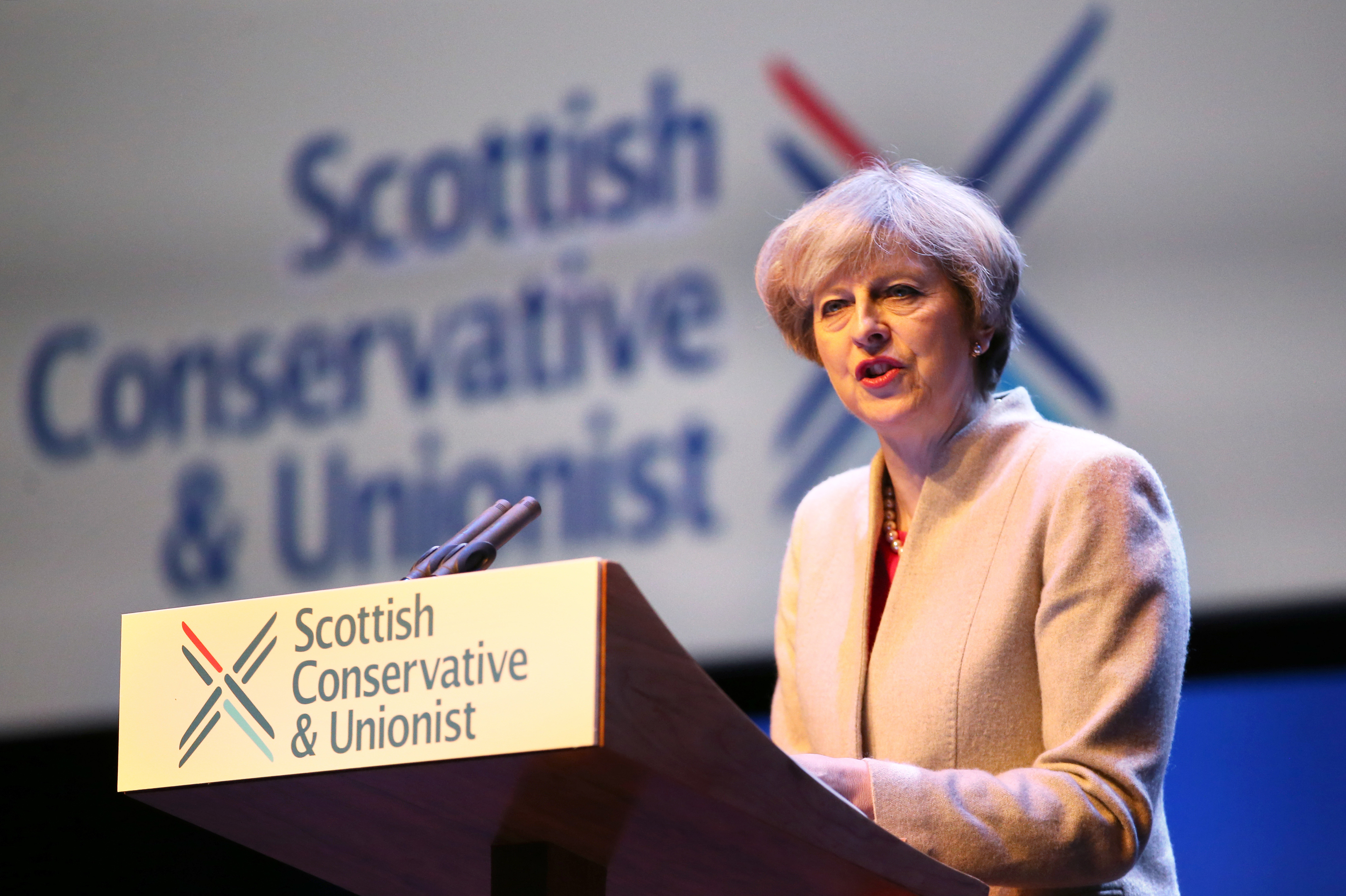
MY phone rings. It’s the Downing Street switchboard, but a false alarm – the PM is running behind schedule.
Five minutes later, it rings again – and this time we’re on.
“We are just getting ready for your call with the Prime Minister. Please hold,” continues the operator.
Then there’s a pause, radio silence.
Thirty agonising seconds tick by, before finally: “Prime Minister on the line, go ahead.”
It’s an exciting start to what is a rare opportunity to interview the UK’s most powerful politician.
I managed to bag David Cameron twice during his tenure – both times face-to-face.
The first was around the Cabinet table – an intimidating setting – but somehow this is more nerve-racking.
It must be the build-up.
The pretext for the chat is the Scottish Conservatives conference, held in Glasgow this weekend.
But it’s also clearly part of a wider drive by Number 10 to engage with the Scottish media, now the prospect of a second independence referendum seems firmly on the table.
The official line is that there should not be another poll.
It’s not a question of “could there be” but “should there be” – and “no there should not”.
In recent weeks, however, there has been a noticeable gear shift, with the UK Government starting to move to a war footing.
There was the recent Cabinet meeting dedicated almost entirely to discussion of sustaining the Union – quite remarkable in light of everything on Theresa May’s plate.
It’s an issue on which senior ministers agree, while there is plenty on which they do not.
The Prime Minister’s conference speech was further proof that Nicola Sturgeon’s ante-upping has them rattled.
She didn’t hold back, accusing the “tunnel-visioned” SNP of treating politics, and people’s lives, as a “game”.
The people of Scotland don’t want another referendum, she told the First Minister, focus on the day job.
The tactic seems to be – argue loudly against a second poll, while preparing the ground to be ready to fight a campaign.
In contrast, when I asked about UK Labour’s plan for such an eventuality at a Westminster press gallery lunch on Tuesday, shadow Brexit secretary Keir Starmer replied simply that it was “early days”.
A lot of work still lies ahead for the Tories, however, if the Scottish people that Mrs May is so quick to talk about are to get to know her.
The local elections provide an ideal opportunity and, in our interview, she insisted her party would be “fighting hard” across Scotland in the run-up to May.
I don’t think a few appearances would do her any harm. She is definitely more personable one-on-one than she comes across at Prime Minister’s questions.
On the phone, she even had a go at a bit of humour and it felt genuine.
My question on support for the oil and gas industry in next week’s Budget was met with a chuckle.
“Nice try!” she added.

Enjoy the convenience of having The Sunday Post delivered as a digital ePaper straight to your smartphone, tablet or computer.
Subscribe for only £5.49 a month and enjoy all the benefits of the printed paper as a digital replica.
Subscribe